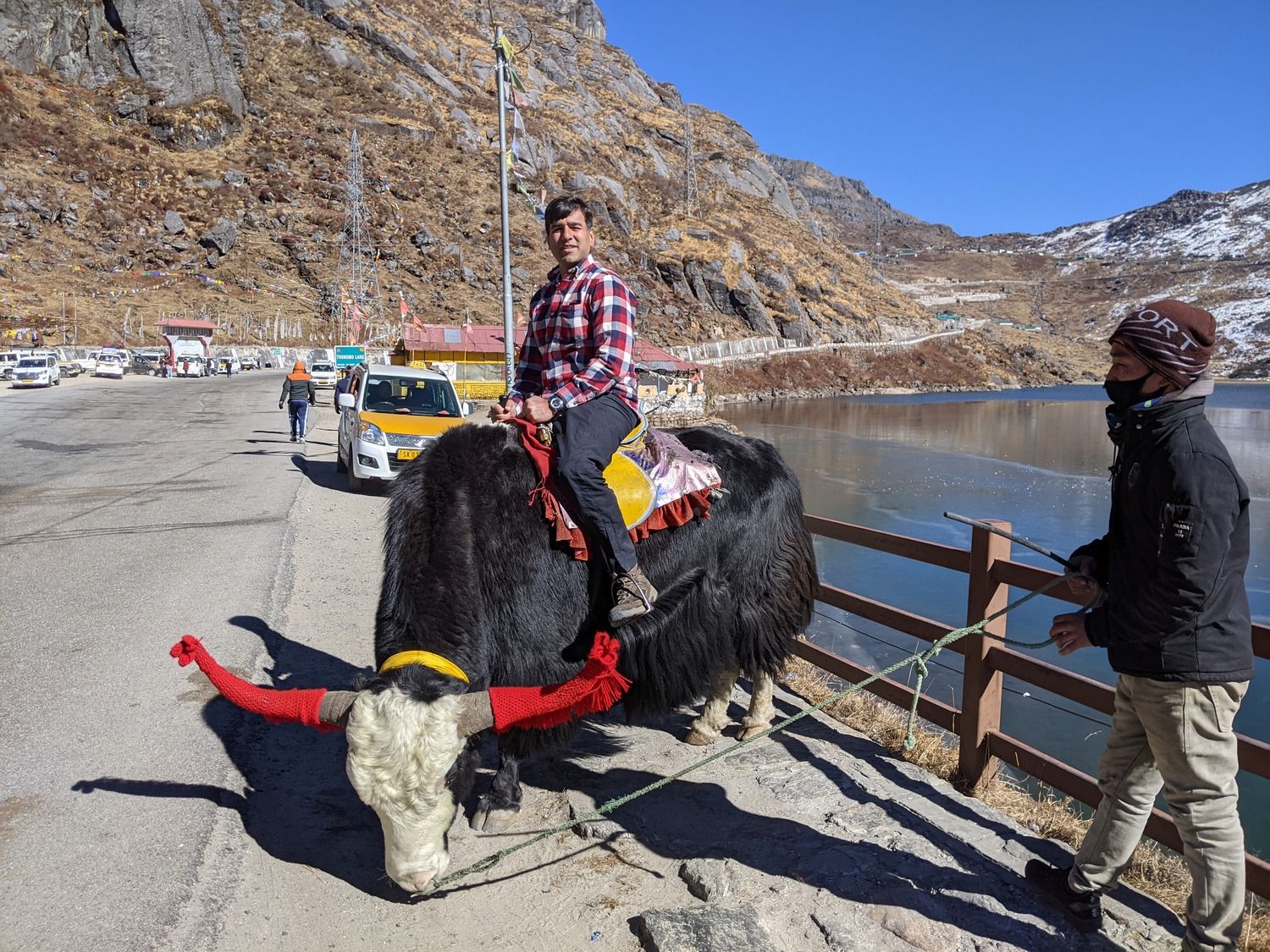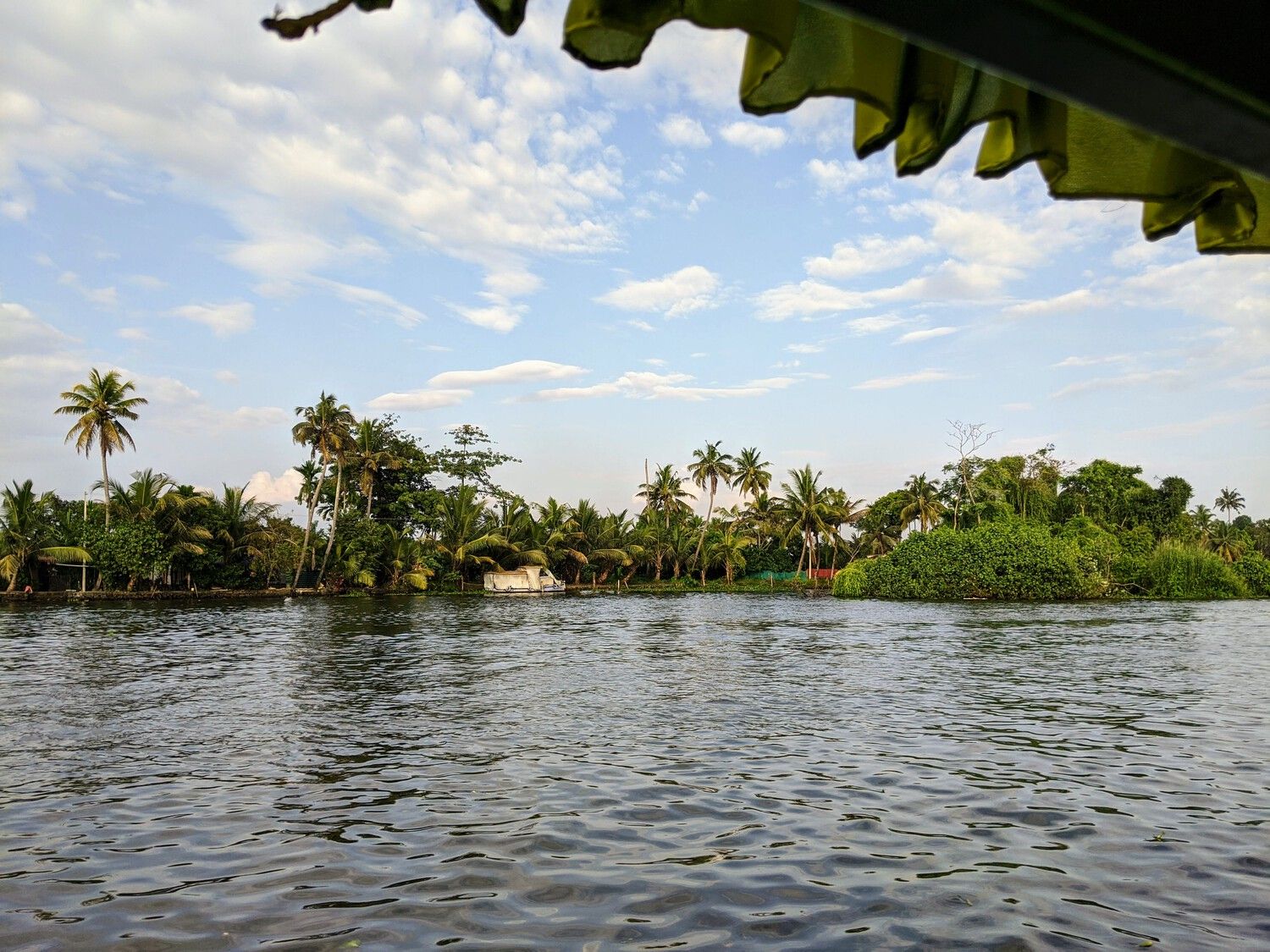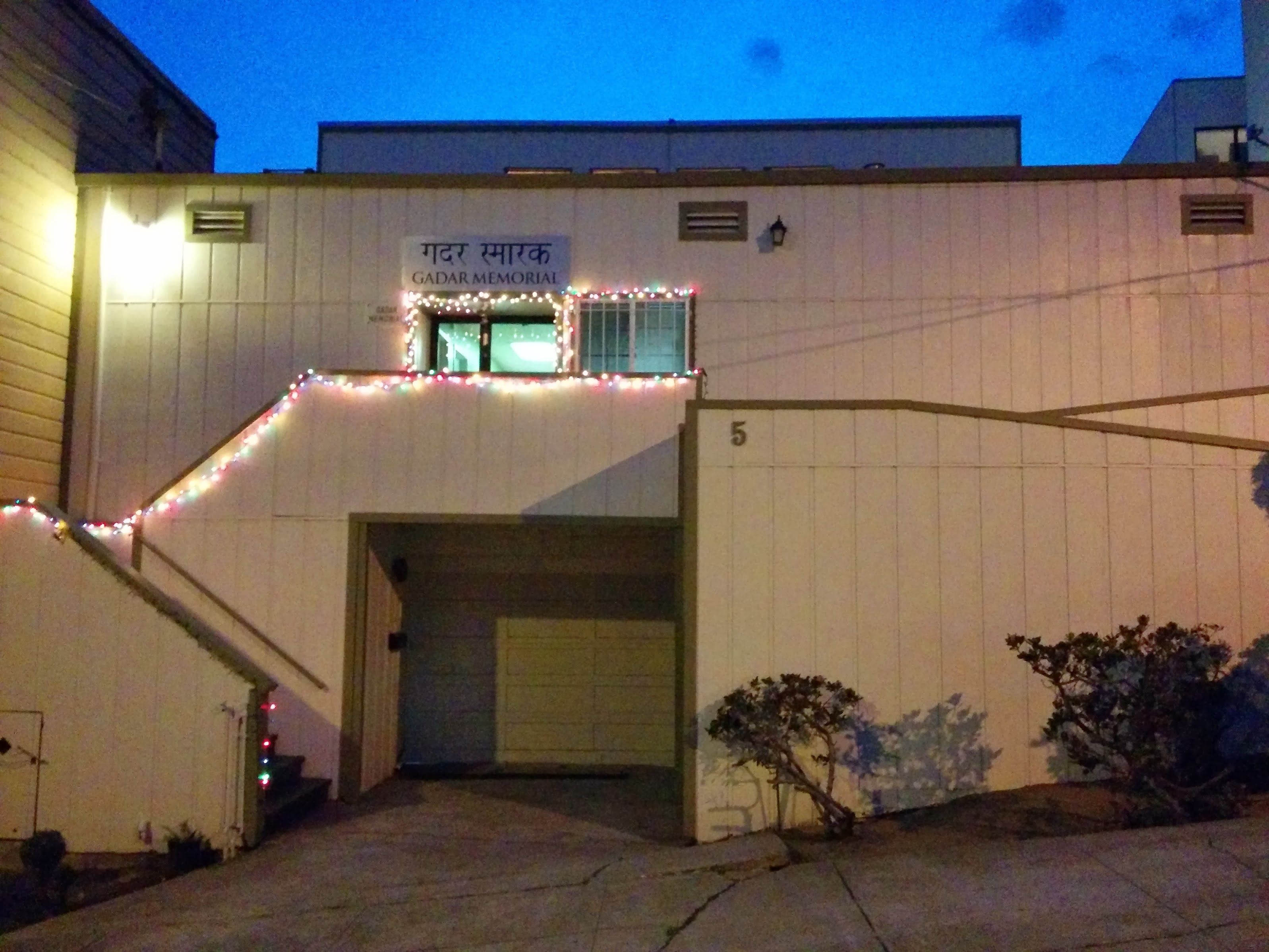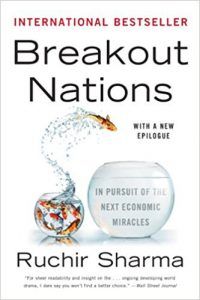Getting Inside After getting misdirected once to 436 Hill St, San Francisco which is the old original address which does not exist anymore, I eventually reached 5 Wood St, San Francisco.
It was the time of sunset, I knew I was late, but finally, it felt good to see a nondescript apartment marked “Gadar memorial”. Least, I expected locked doors. I did not drive 40 miles to stand in front of this locked door. There must be a way to get in, I contemplated, as I noticed an Indian woman walking upstairs towards me. “I am here to see Gadar Party’s office”, I asked as she stammered while replying in English. “हिंदी बोलती है आप ?”, I inquired. “जी हाँ”, she confirmed. “मैं आशीष, south bay से आया हूँ ग़दर स्मारक देखना था । “, I said, while pointing towards the building. “आपके पास consulate से permission है?”, she asked. “consulate से permission?”, I inquired. “consulate से बिना permission लिए यहाँ आना मना है । “, she confirmed. Even for bureaucratic Indian govt, taking permission from the consulate to visit a first world war era memorial is perplexing. I believe this is the only such Indian memorial in the western hemisphere. Of course, I was not ready to yield and drive back another 40 miles before paying the homage. We both stood there motionless with an awkward silence. Someone had to blink, thankfully, she did. “एक बार मैं अपने husband से बात करती हूँ । “, she said. She unlocked the door and went inside, and after some chatter, they both came out, and after some quick conversation, he allowed me in to visit the memorial. The rest of the discussion with them was pretty friendly.
...





